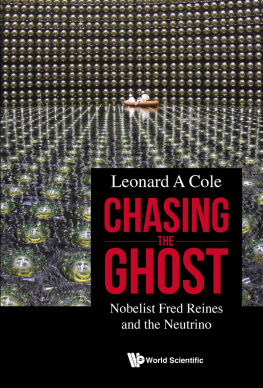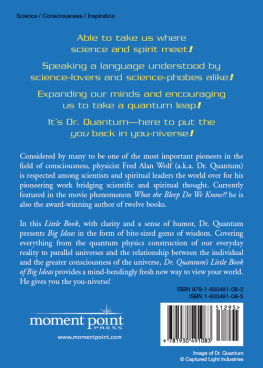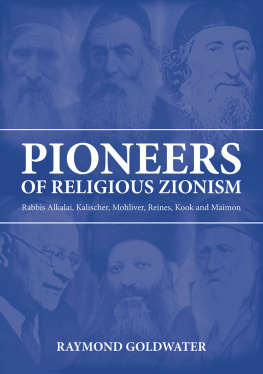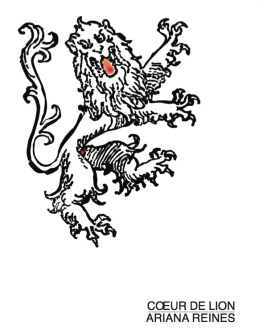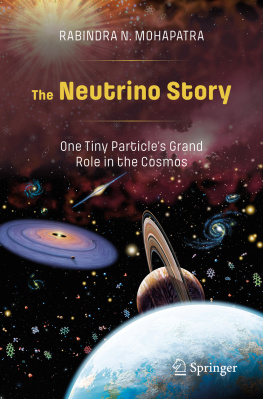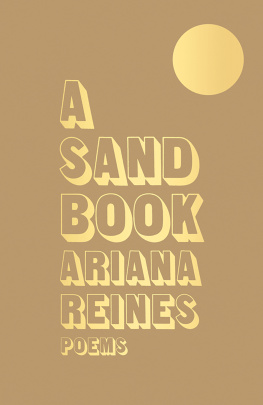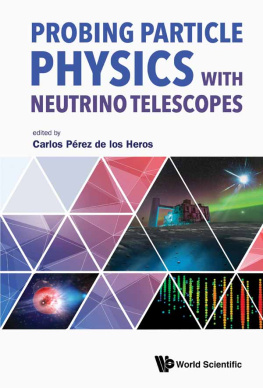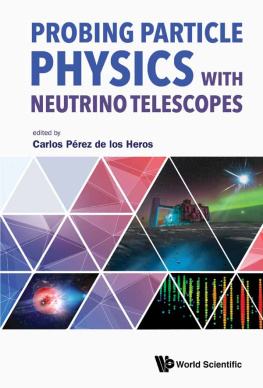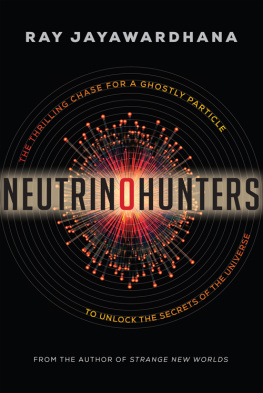Acknowledgements
Much of this book is a product of the wisdom, experience, and memories of many individuals. None were more understanding of Fred Reines and his devotion to science, especially to neutrino studies, than those who worked with him. Some of the more than 50 physicists with whom I spoke, or whose writings or videos provided relevant information, were especially close to Fred. Several worked with him for decades. William Kropp, who viewed Fred as his scientific father, spent countless hours with me by phone, email, and in person reviewing his nearly 40-year association with Fred. Henry Sobels physics career, like Bill Kropps, began in the 1960s as a graduate student of Freds at Case Institute and continued with him at Irvine. Hank was also unfailingly generous with his answers to my many questions.
Harris Mayer recounted his lengthy and close association with Fred beginning soon after World War II, when both worked at the Los Alamos National Laboratory. To Kenneth Ford I am especially grateful, for sharing the many facets of his history with Fred. They met during the 1950s in Los Alamos and grew closer after 1966 at the newly established University of California, Irvine. Ken Ford was the founding Chair of the schools Department of Physics and Fred the founding Dean of Physical Sciences. Also, Ken read my entire manuscript and his comments helped immensely to ensure scientific accuracy and clarity.

William Kropp, 2018.

Henry Sobel, 2018.
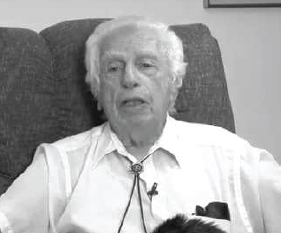
Harris Mayer, 2018, Courtesy of the Atomic Heritage Foundation.
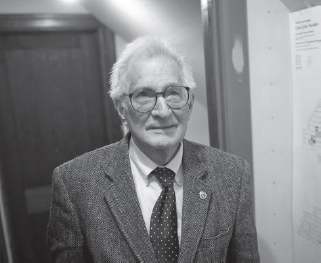
Kenneth Ford, 2018.
Other physicists whom I interviewed were also part of Freds Neutrino Group at UC Irvine including Peter Doe, Henry Gurr, Todd Haines, Michael Moe, and LeRoy Price. Jonas Schultz led his own research team, though he collaborated with the Neutrino Group in the 1980s, on the IMB experiment. The Frederick Reines Papers at the UC Irvine library (referred to in the text as part of the Reines Collection) is an invaluable source of information about Fred. Besides correspondence and other papers, it contains artifacts and audio-visual materials. I thank Audra Eagle Yun, Derek Quezada, and Krystal Tribbett for facilitating my access to the collection. Science historian Kim Weiss provided valuable guidance in sorting through the material.
For material about Fred during his student years at the Stevens Institute of Technology, I thank Ted Houghtaling, archivist at the schools library. Additional information about Fred is available at the Los Alamos Historical Society and the Los Alamos National Laboratory library. For help in accessing materials at these facilities I thank Alan Carr, Don Cavness, Rebecca Collinsworth, Matthew Hopkins, Heather McClenahan, and John Moore. Scientists currently or formerly at the Los Alamos Lab, who helped with my inquiries about Fred and neutrinos, include physicists Richard Garwin, Steven Greene, Todd Haines, William Louis, Harris Mayer, and cartographer Andrea Kron. Cynthia Kelly, founder of the Atomic Heritage Foundation, and associate of the National Museum of Nuclear Science and History, offered valuable perspectives on the Atomic Age and its legacy.
At Brookhaven National Laboratory, I met with physicists Nicholas Samios and Milind Diwan whose insights and recounting of experiences with Fred were particularly helpful. I also heard summaries by others there whose work has included neutrino-related research: Thomas Tsang, Sergio Rescia, and Robert Palmer.
I visited the CERN particle physics laboratory in Geneva as part of the 2018 New York Times Journeys program. Participants received briefings on the Large Hadron Collider and various CERN experiments, some involving neutrino research. Physicist-presenters with whom I spoke included Michelangelo Mangano, James Gillies, Marta Bajko, and Emma Sanders.
At Fermilab, Boris Kayser offered insightful perspectives about Fred, with whom he had numerous interactions. Stephen Brice, head of the Neutrino Division at the Lab, graciously hosted me there and arranged meetings with other scientists and Lab personnel including Valerie Higgins, Alison Markovitz, Louise Suter, and Peter Wilson.
Scientists from other institutions who had worked with Fred or were otherwise familiar with his work, and with whom I communicated, include Neta Bahcall, Christine Chen, Gary Feldman, Takaaki Kajita, John LoSecco, Arthur McDonald, and Lawrence Sulak. Historians Beverly Flanagan and Marianne Leese provided archival records about Hillburn, New York. Others who helped with information relevant to the manuscript include Catherine Chen, George Daly, Joanne Ford, Douglas Hofstadter, Christa Kropp, Avi Naiman, Howard Peskoe, Susan Peskoe, Jennifer Prost, Marcia Rudy, and David Schwartz.
I thank relatives and colleagues of Clyde Cowan for their recollections about Clyde and their impressions of the Reines-Cowan teams discovery of the neutrino. They include Clydes son, George Cowan, his daughter, Elizabeth Cowan Riordon, and grandchildren David Riordon and James Riordon. Physicist Hall Crannell recounted his relationship with Clyde when both were professors at Catholic University. I also thank librarian Shane MacDonald for enabling my access to the Cowan archives at the Catholic University library.
Finally, I am grateful for the observations of several of Freds and my family members. They include his daughter Alisa Reines Cowden and cousins and nieces whose frequency of interactions with Fred varied. Even those whose personal contacts with him were minimal if any, shared reflections derived from their parentsor other family membersexperiences. They include Norman Corwin, Carolyn Reines-Graubard, Barry Graubard, Tamara Kaiser, Anita Lichtenberg, Richard Lichtenberg, Arthur Sapper, Joan Rogers, Philip Cole, Wendy Cole, William Cole, and Ruth Cole. My own conversations with Fred through the years, and about him with now-deceased relatives, also enhanced my understanding of his persona. This was especially the case with Freds brothers William and David and their mother, my aunt Gussie Reines.
Appendix
An Endearing Reminiscence
Robert Hofstadter won the 1961 Nobel Prize in physics. In 2020 Ken Ford introduced me to Roberts son, Douglas Hofstadter, author of the Pulitzer Prize-winning science classic, Gdel, Escher, Bach. Douglas then shared with me an endearing reminiscence, not previously published, that he had composed weeks after connecting with Fred Reines at the 1995 Nobel Prize ceremony.
Recollections of Fred Reines by Douglas Hofstadter
Amidst a flurry of social activities involving the 1995 Nobel Prize-winners, the press, and international guests like myself, I heard rumors that Fred Reines had actually made it to Stockholm after all. That thought pleased me. I had a warm memory of him from many years earlier, and it had struck me as very sad if he were not able to attend this marvelous occasion honoring his greatest achievement, which to me had a very special personal meaning, because as a young boy, I had been totally fascinated with neutrinos (at that time there was only one species of neutrino that was known, along with its antiparticle; today, there are three!), and when I was in third grade, I had even fantasized about

